There’s a place on the north coast of the St. Lawrence in Québec where a barn is now a pottery workshop, and a potter works through 10 tons of clay every year. Stéphane Bouchard of Saint Irénée. When I first entered his studio, I was stunned at the scale of work lined up along the wall. I figured there had to be a handful of artisans but soon realized it was just him.
“I’m the owner of Les Ateliers Charlevoix,” he said, “which has been here 32 years.”
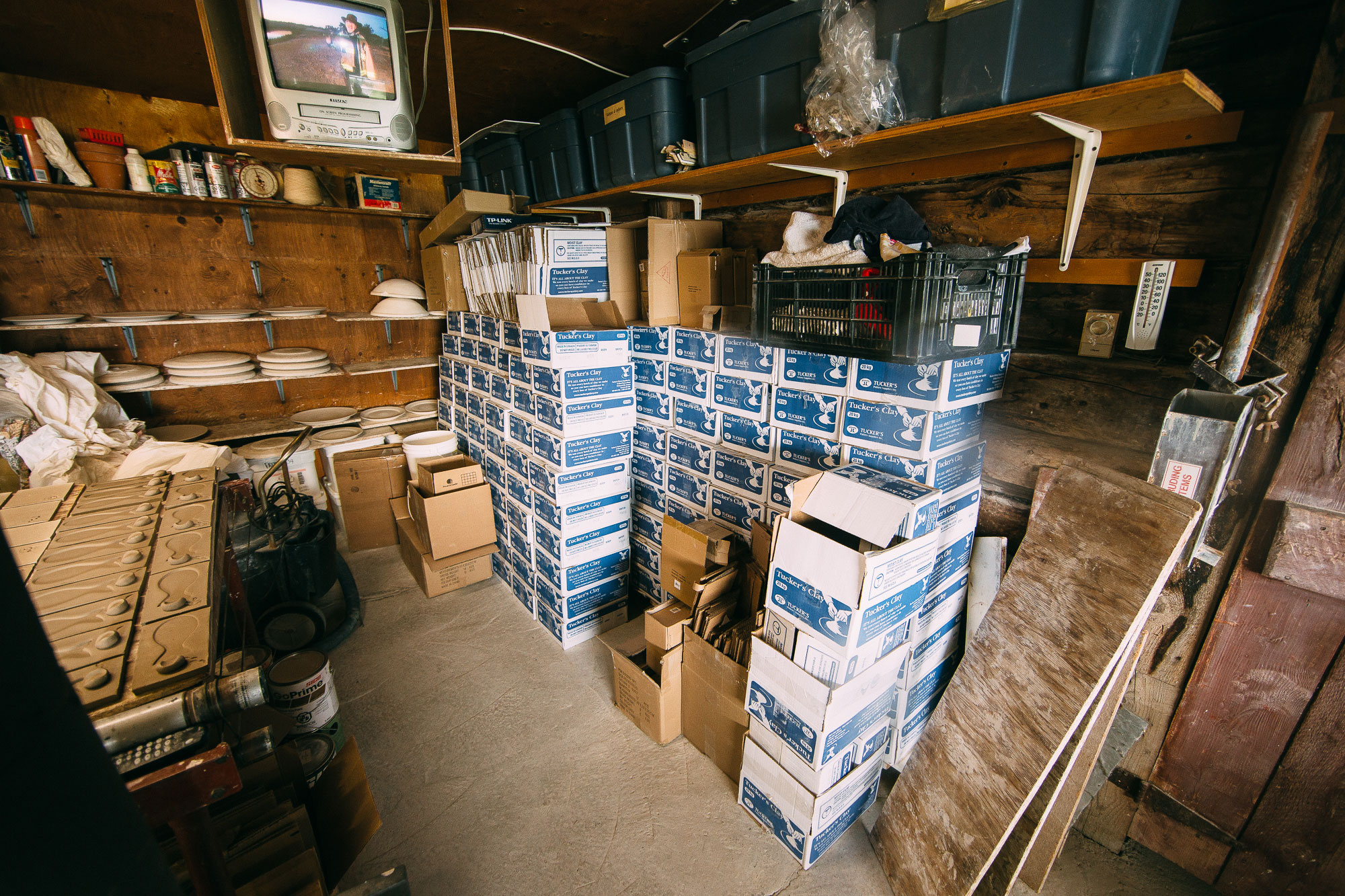
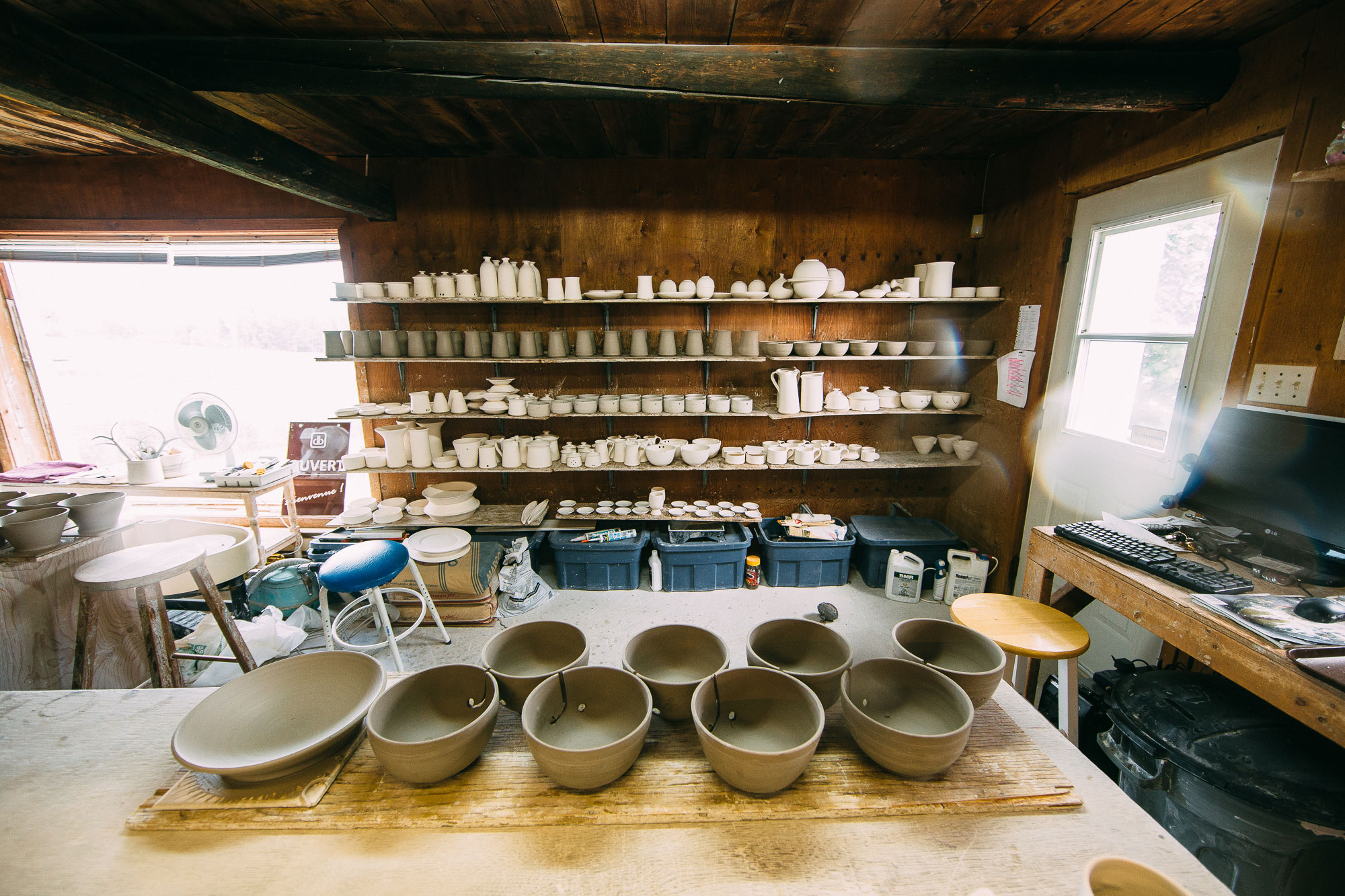
If you have a sharp eye, you probably were thinking he doesn’t look like he’s old enough to have been a professional potter for three decades. I told him so and he laughed.
“Well I always wanted to come back to Saint Irénée,” he explained. “Les Ateliers was, at first, just a summer job. In the yard, mostly. Then over time, the old owners Monsieur and Madame Dublois asked me to help them with the pottery. So I worked with them. I had two beautiful, inspiring people who taught me this trade. I couldn’t ask for better.”
I didn’t get this in the recording but at one point I interrupted him and asked, “So it was your summer job, or it wasn’t even really, then somehow it became your life’s work? What happened? What did you say?”
“I became more and more interested in it,” he said.
“But Madame Dublois was stern, she said, ‘It takes six or seven years to really learn this trade, that’s a long time.’ I replied, ‘Let’s go.’”
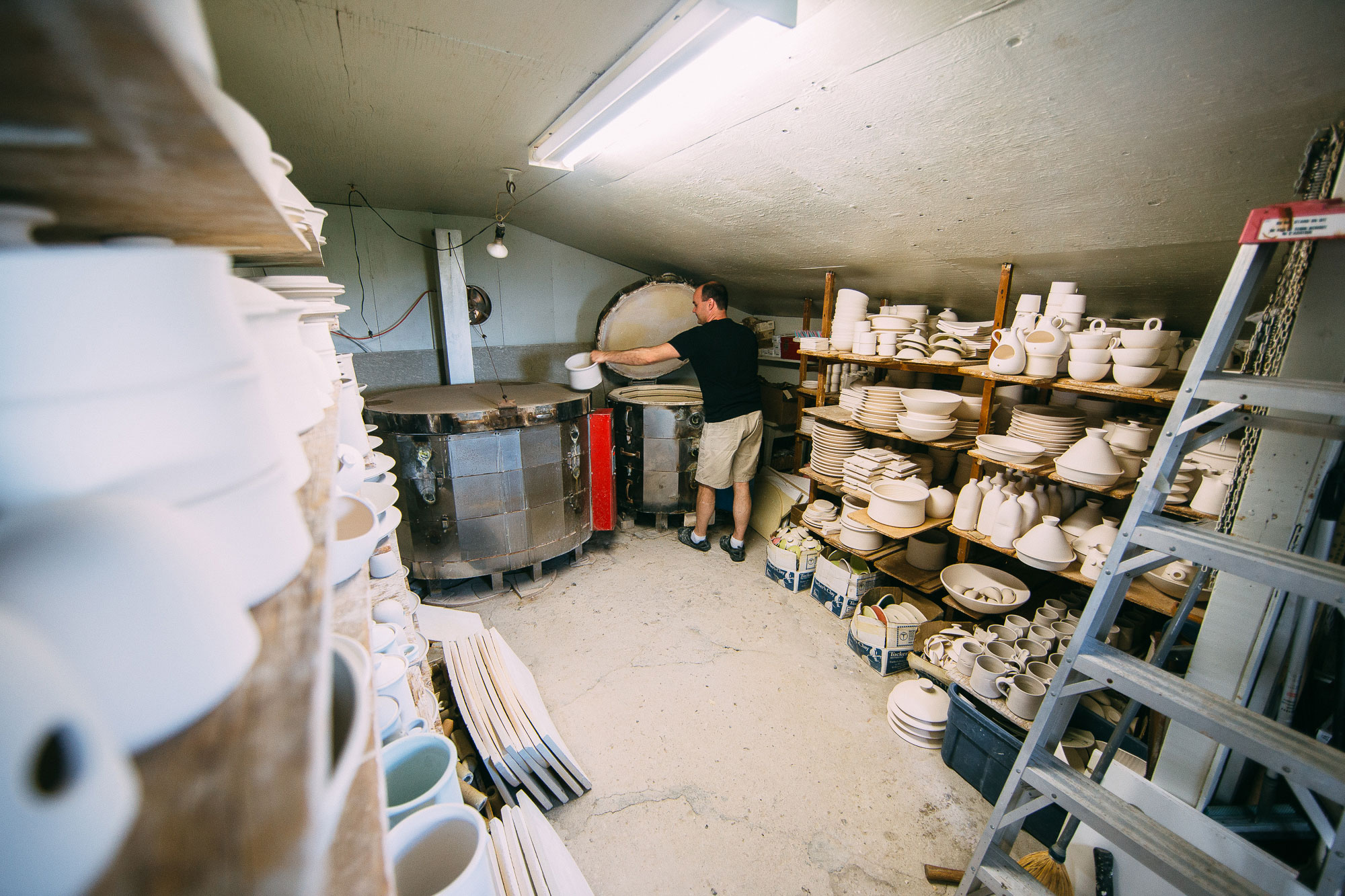

I asked him what it was like being a potter. “It’s very special. We’re talking about a piece of clay qui veut absolument rien dire, that has no meaning. Then it becomes something truly useful and truly beautiful.”
“It’s facscinating. To start with nothing and to finish with a useful object that you can use every day. And that it's done one by one, by hand.”
“C’est un défi d’une certain façon. It’s a challenge to some extent. I have about 125 different items, for different types of cooking. I force myself, I try to create at least two new items every year for my loyal customers. […] I always try to have something new for my supporters.”
I also asked him what brought him back to Saint Irénée. He gestured outside.
“You've seen it. We have a beautiful view, beautiful people. My children’s well-being. Charlevoix is where I was born. It speaks to my heart. It’s a beautiful region.”
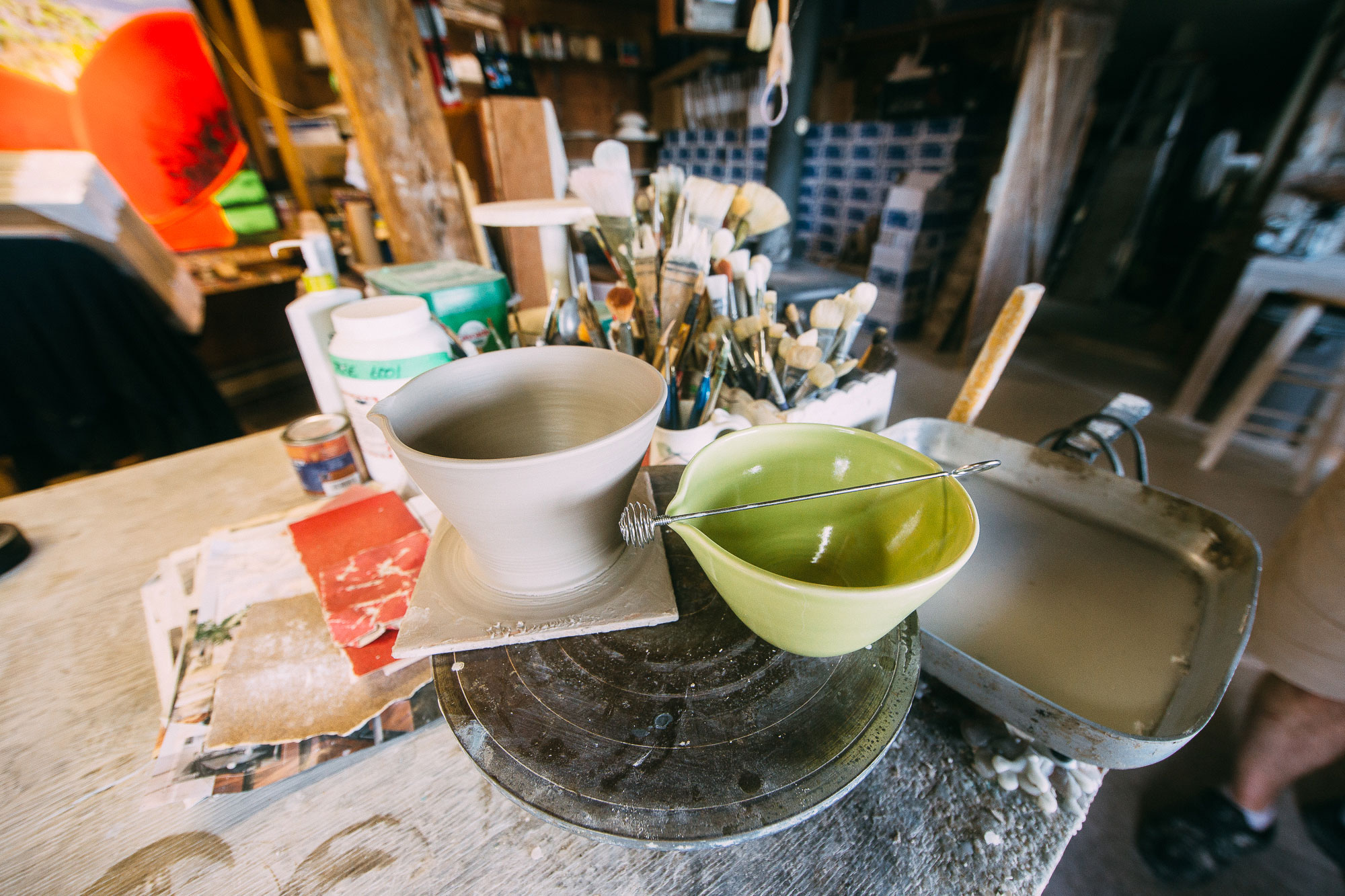
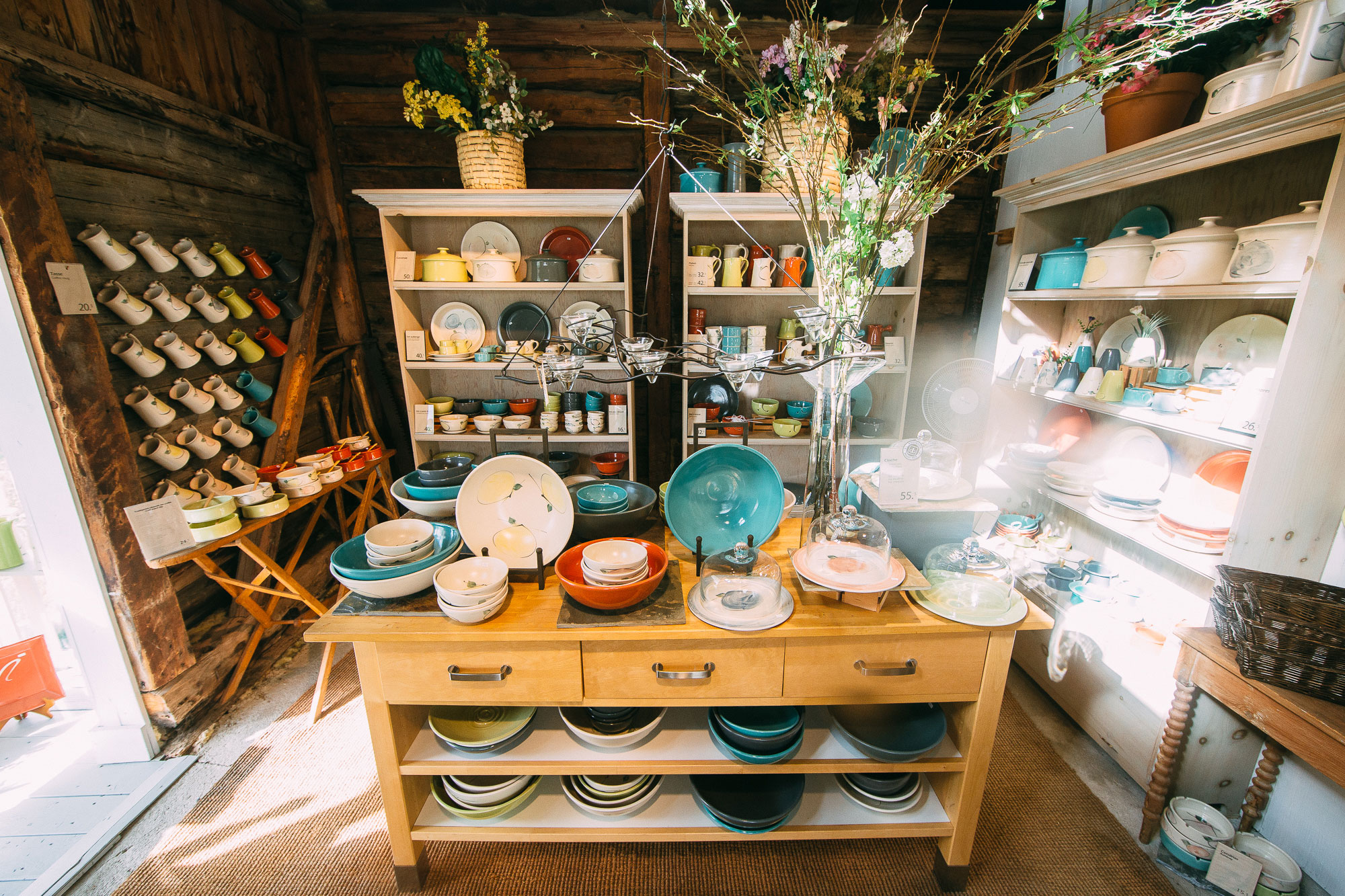
Perhaps this isn’t nationally significant history. Perhaps there’s more to be said about the international development of pottery, or apprenticeships in Canada, or artisans on the north coast of the St. Lawrence. But to me the story of a local who knows where he belongs, the story of someone who works with his hands and loves his daughters and greets the people around him with a smile, that story is still worthwhile.
And 10 tons of clay is really something, after all.